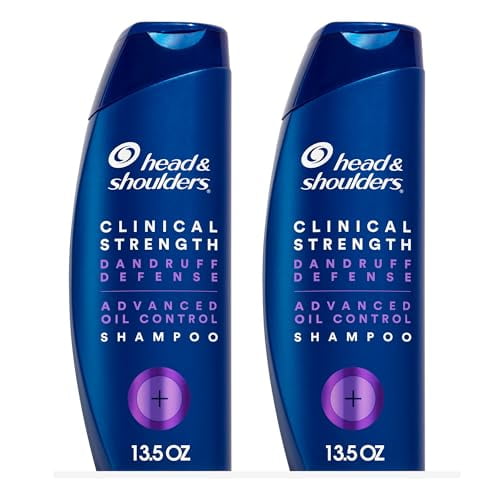Dandruff and seborrheic dermatitis can affect anyone—no matter your age, hair type, or styling routine. What sets them apart is the level of inflammation. While dandruff is mostly flakes and mild itch, seborrheic dermatitis shows up with stubborn greasy scales and redness. Both conditions have the same root: an imbalance of scalp yeast and oil. Here’s how to bring your scalp back to balance—beautifully.

Both conditions begin when the natural Malassezia yeast on our scalps overgrows. The good news: you don’t have to settle for hiding flakes. With the right ingredients, you can treat, soothe, and prevent both conditions at home.

Nizoral A-D Shampoo
The gold standard for stubborn flakes. Use 2x a week for breakouts.

Neutrogena T/Sal
Fragrance-free and essential for thick buildup.

Selsun Blue Medicated
A classic, heavy-duty option for itchy, inflamed scalps.

H&S Clinical Strength
Prescription strength protection in a gentle daily formula.

Briogeo Scalp Revival
A luxury scrub that cools instantly upon contact.

Mielle Rosemary Oil
Perfect for pre-wash massages to stimulate blood flow.

Hair Syrup Pre-Wash
Hydrates dry flakes without clogging pores.
Apple Cider Vinegar Rinse
- Mix 1 part ACV + 2 parts water.
- Apply after shampoo, leave 2–5 minutes.
- Why? The acidity rebalances scalp pH, making it harder for yeast to thrive.
Tea Tree Oil Massage
- Dilute 3 drops tea tree oil in 1 tbsp carrier oil.
- Massage into scalp, leave 15 mins, shampoo.
- Why? A proven natural antifungal that reduces itch intensity.
Hydrocortisone for Flares
- Apply 1% cream to red, painful patches.
- Use 2x daily for max 1 week.
- Why? Reduces acute inflammation rapidly (not for long-term use).
Vitamin D & UV Light
- 5–10 mins of gentle scalp sun exposure.
- Check vitamin D levels with a doctor.
- Why? UV light slows skin cell growth; Vitamin D boosts skin immunity.
+ Professional References
- American Academy of Dermatology Association: “Dandruff & Seborrheic Dermatitis.”
- Mayo Clinic: “Seborrheic Dermatitis – Diagnosis & Treatment.”
- Journal of Clinical and Aesthetic Dermatology (2021): “Seborrheic Dermatitis: An Overview.”
- Journal of the American Academy of Dermatology (2015): “Comprehensive Review.”





